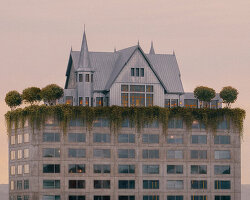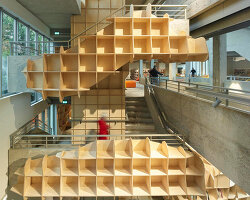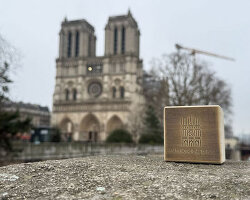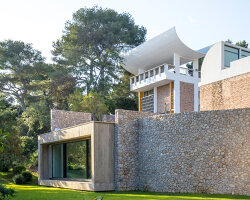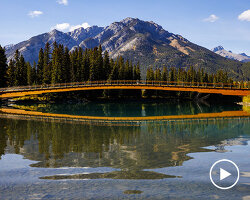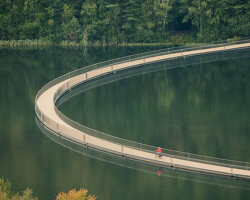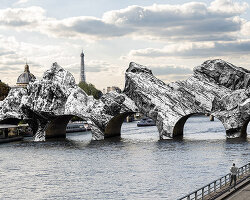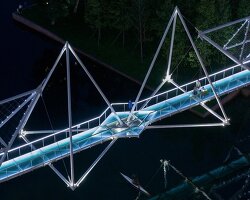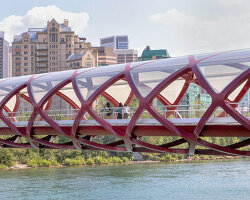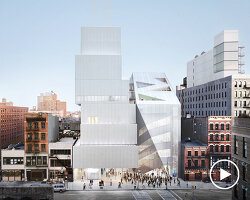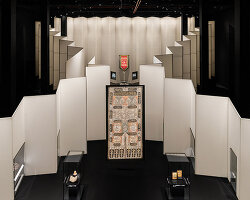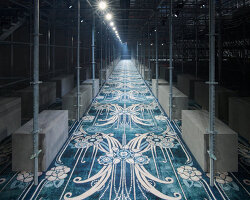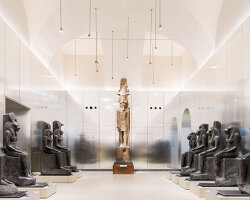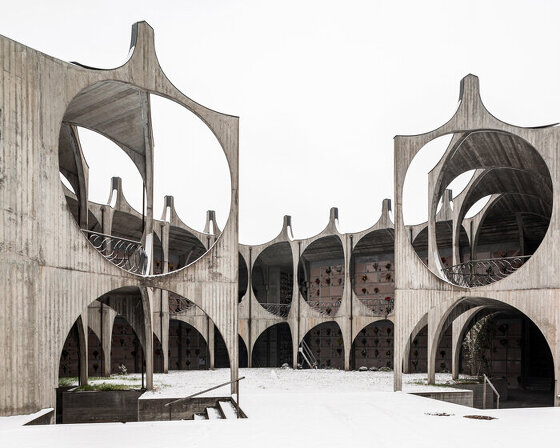simone veil bridge opens in bordeaux, france
The Simone Veil Bridge, designed by OMA / Rem Koolhaas and Chris van Duij, has opened in Bordeaux, France. The newly-completed project unfolds as a platform stretched across the River Garonne in Bordeaux, spanning 549 meters in length and 44 meters wide. It provides a new public space for the city, abandoning any interest in style, form, and structural expression in favor of a commitment to performance and an interest in future use by the people of Bordeaux. Cars, modes of public transportation, and bicycles all have their own lanes, with the largest dedicated to foot traffic. The width of the bridge‘s platform is doubled to create 28 meters of neutral, unprogrammed space for any cultural or commercial purpose, such as farmers’ markets, art fairs, bicycle rallies, car club meetings, and festivals for music or wine.
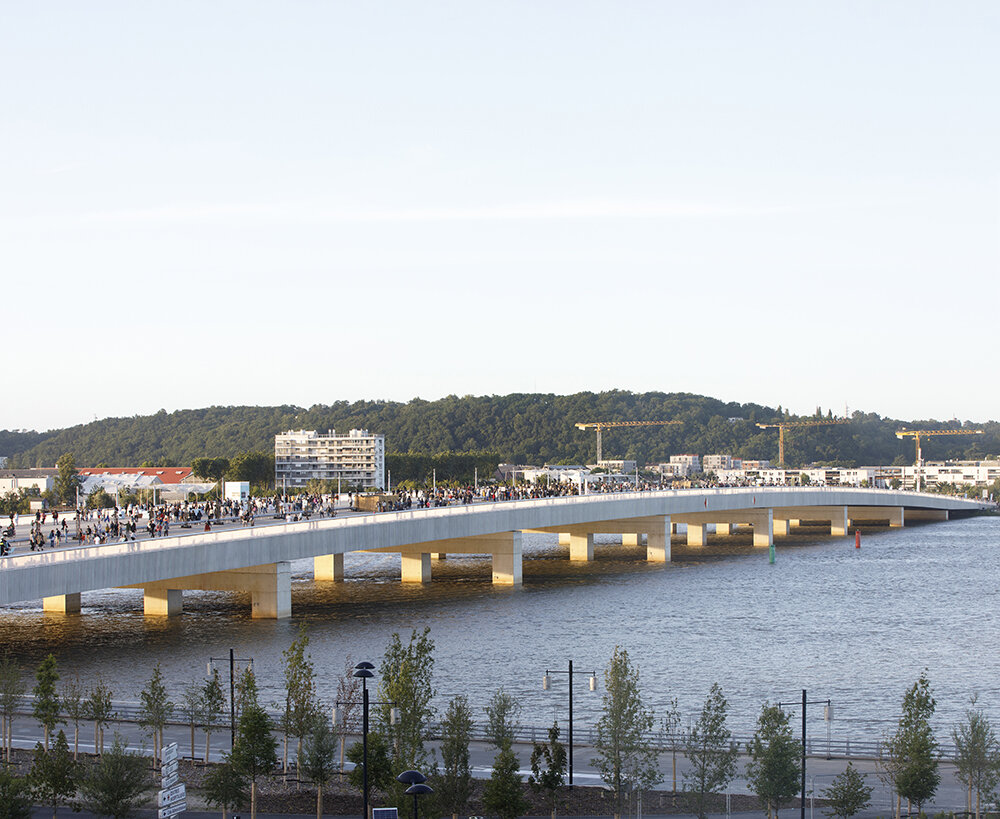
image © Clement Guillaume | all courtesy OMA
OMA favors performance and use over aesthetics and form
Today, bridges are often narrowly evaluated in terms of their technical utility and function as tools for expanding the city and its periphery, largely driven by cars. The role of bridges as urban spaces in themselves has been lost and is in need of resurrection. The Simone Veil Bridge opposes the current obsession with these structures as triumphant feats of engineering or aesthetic statements and recovers their urban character as open spaces where events can happen. ‘This bridge is for the people, not for connoisseurs. Rather than concentrating on form, the project focuses on performance. Instead of spending its budget on structural gymnastics, it doubles the width with a public space to serve and connect the two adjoining communities that, so far, have not developed a strong identify,’ notes Rem Koolhaas, Partner at OMA.

image © Clement Guillaume
Its points of reference are bridges that are places not only for circulation but also for leisure and commercial activities—including Venice’s Rialto Bridge and incarnations of Galata Bridge across the Golden Horn in Istanbul in the nineteenth and twentieth centuries. Bringing together different forms of traffic and potential actions creates a contemporary boulevard that can exist in various configurations of intensity. The bridge contributes to a strongly optimistic expectation for the metropolitan life of Bordeaux.
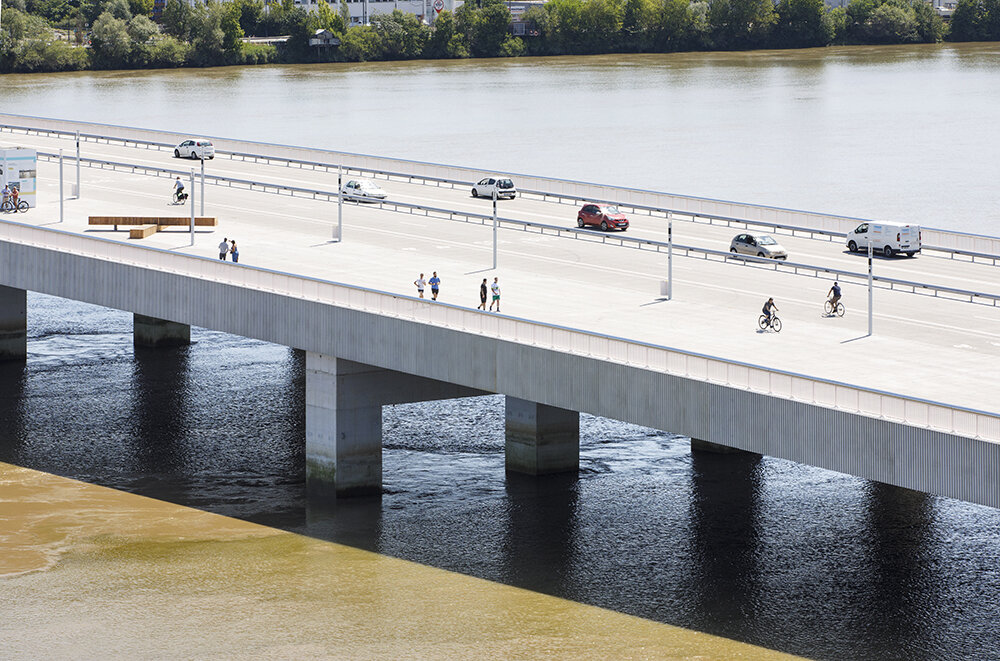
image © Clement Guillaume
a fundamental continuity for the city’s territory
As Rem Koolhaas states, the Simone Veil Bridge seeks to create a linked identity for the areas on either side of the Garonne. It connects the development of Floirac on the right bank, where sculptural and functional objects are arranged to provide public amenities, with Bordeaux and Bègles on the left bank through green space that is subtly woven into the urban fabric, including the reuse of a former highway. Ultimately, the structure provides fundamental continuity for the city’s territory through connection and its performance as an urban platform in a landscape. This project was undertaken by Koolhaas and OMA partner Chris van Duijn, with key contributions from Gilles Guyot.
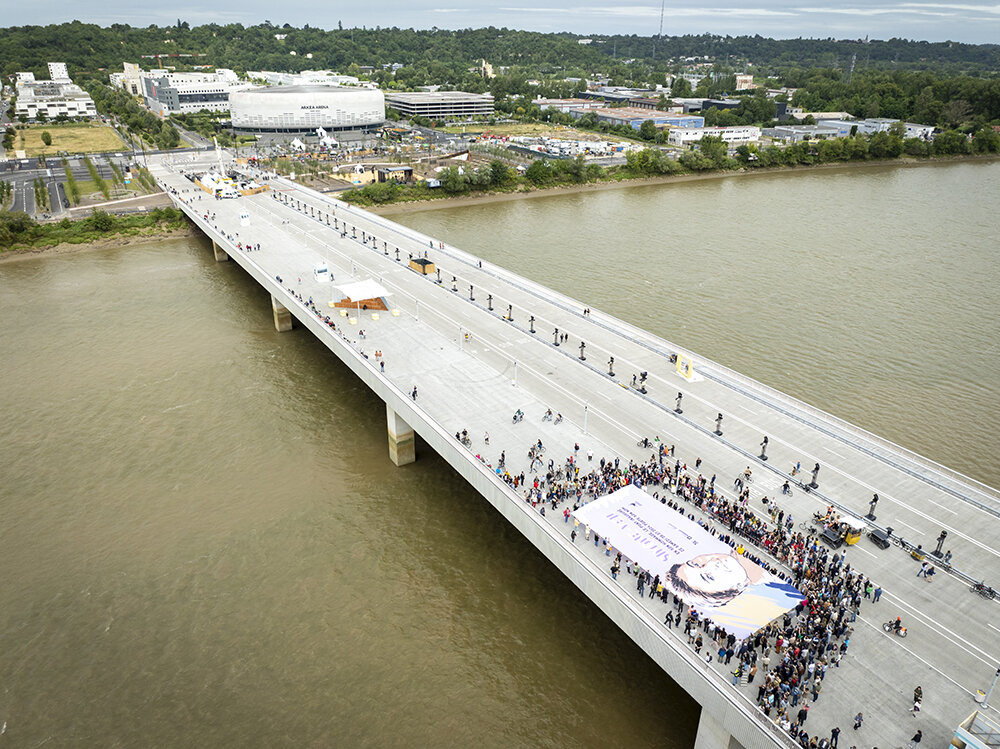
image courtesy Bordeaux Metropole
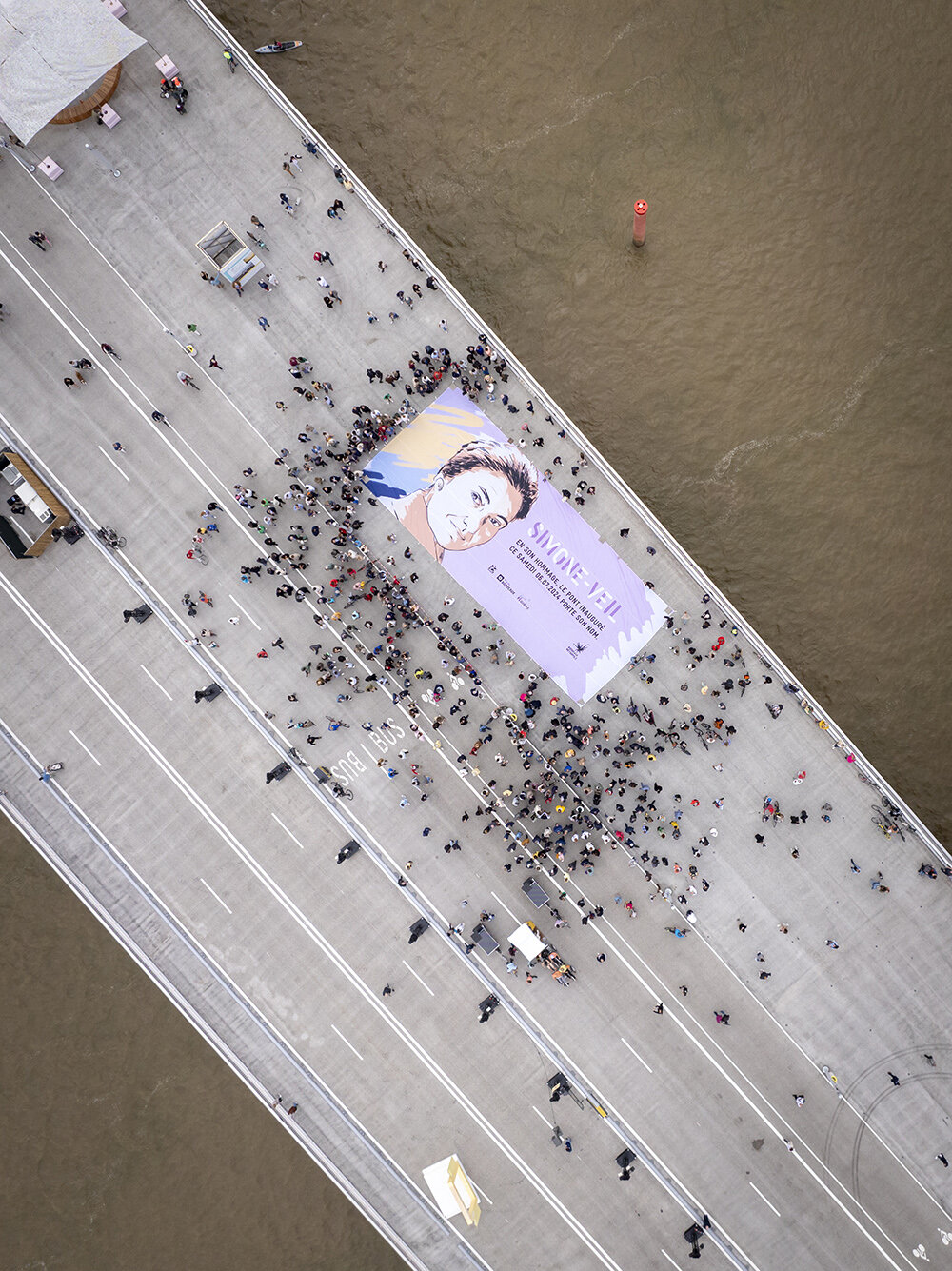
image courtesy Bordeaux Metropole
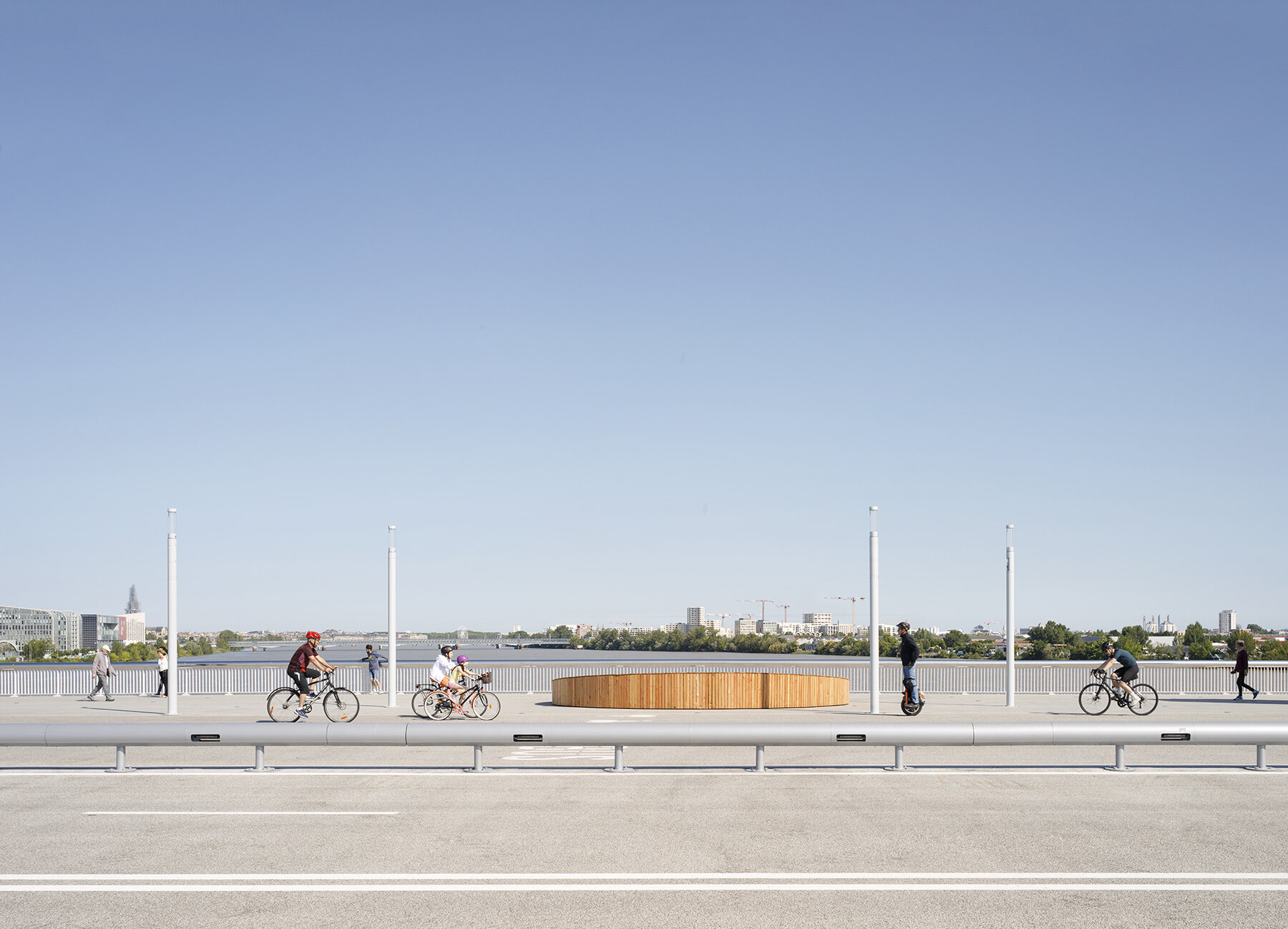
image © Clement Guillaume
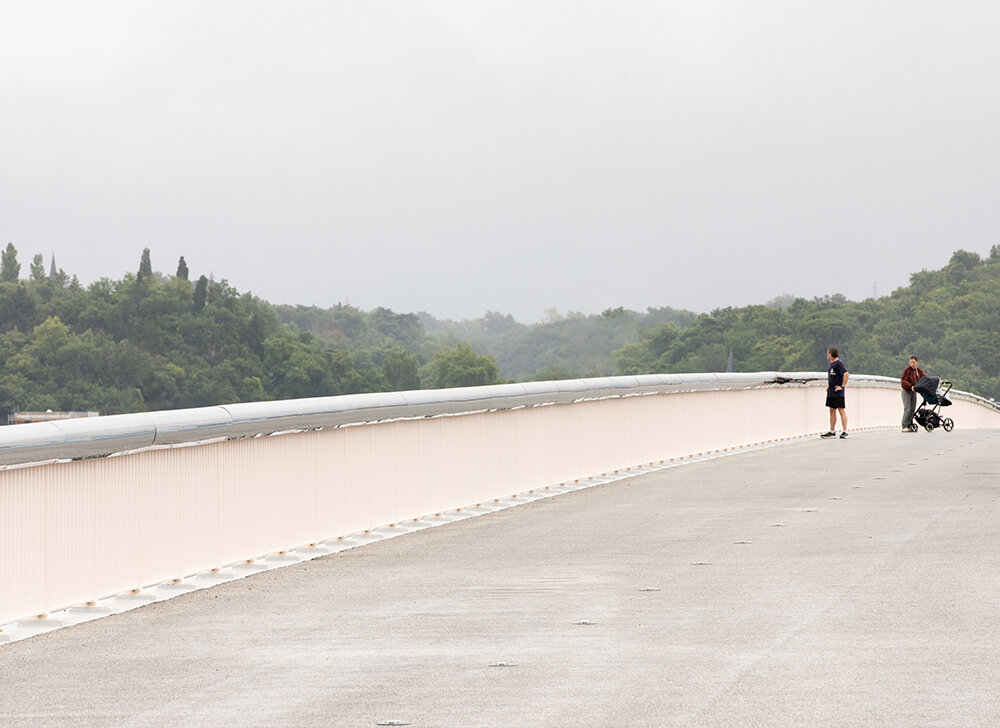
image © Clement Guillaume

image courtesy Bordeaux Metropole
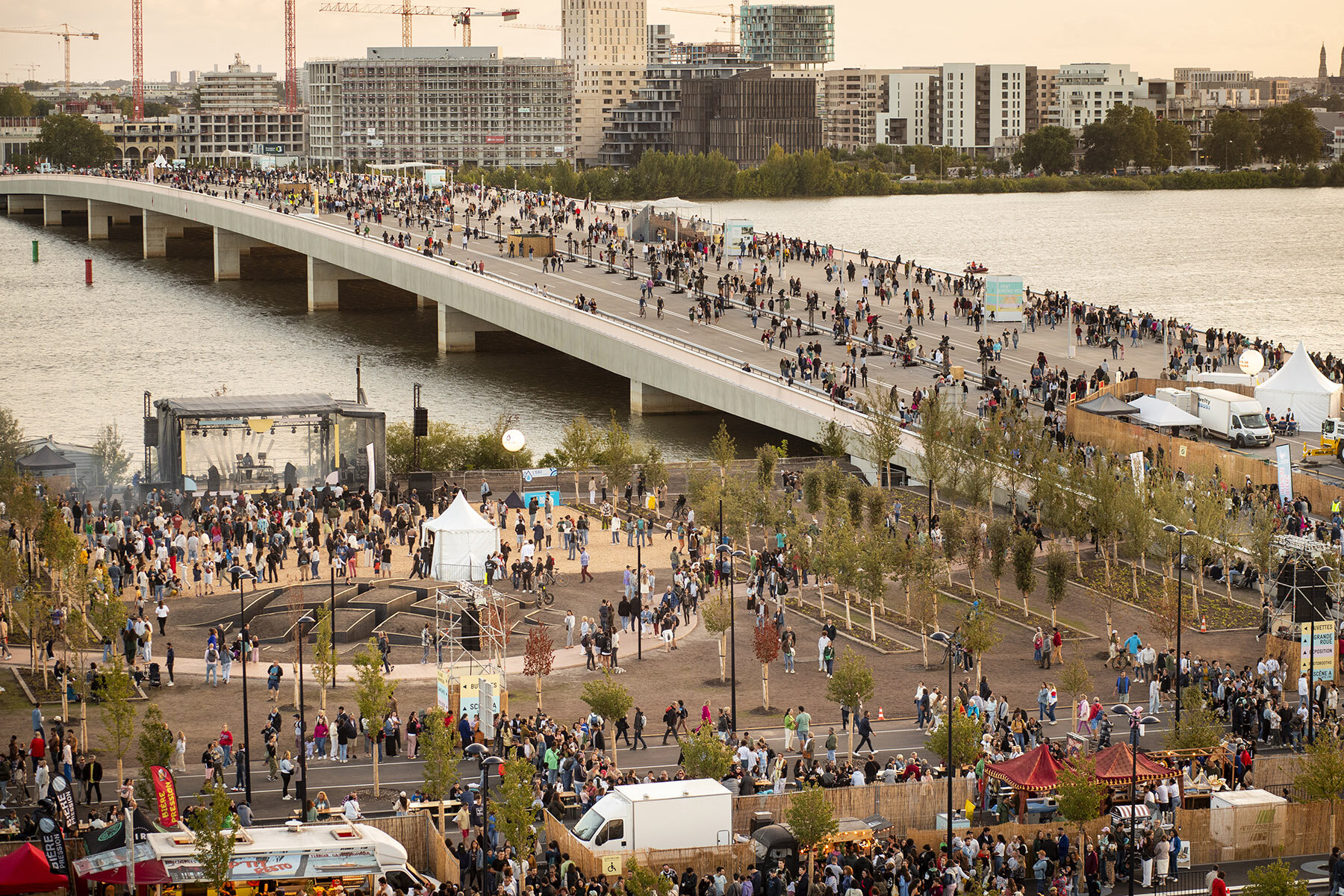
image © JB Menges, courtesy Bordeaux Metropole
project info:
name: Simone Veil Bridge
location: Bordeaux, Bègles and Floirac, France
client: Bordeaux Métropole
partners in charge: Rem Koolhaas Chris van Duijn
project architect: Gilles Guyot
design team: Clément Blanchet, Margarida Amial, Henry Bardsley, Denis Bondar, Kimiko Bonneau, Solène de Bouteiller, Alice Chen, Emily Crabb, Alban Denic, My-Linh Dinh, Paul Feeney, Camille Filbien, Marc-Achille Filhol, Stavros Gargaretas, Romina Grillo, Hanna Jankowska, Henri Kapynen, Min Hong Khor, Sang Woo Kim, Pierre-Jean Le Maitre, Pierre Levesque, Salma Maaroufi, Lawrence-Olivier Mahadoo, Pierre-Jean Le Maitre, Deborah Mateo, Edward Nicholson, Ana Otelea, Jerome Picard, Ana Reis, Maria Aller Rey, François Riollot, Claudio Saccucci, Irgen Salianji, Kristin Schaefer, Sai Shu, Helene Sicsic, Lukasz Skalec, Saul Smeding, Ida Stople, Jan Szymankiewicz, Xavier Travert, Nicola Vitale
engineers: WSP and Groupe EGIS
landscape designer: Michel Desvigne Paysagiste
lighting designer: Les éclaireurs
civil engineering, equipment, superstructures: Bouygues Travaux Publics Régions France, Pro-fond
steel structure: Baudin Châteauneuf
road and network: Colas, Aximum
green space: ID Verde, Brettes Paysagiste
lighting installation: SPIE City Networks
preliminary works: Dubreuilh, Etchart Construction, Menard
dimensions: 549m long and 44m wide
total area: 120,000 sqm of bridgeheads (including roads, underpass, public space, parks)

